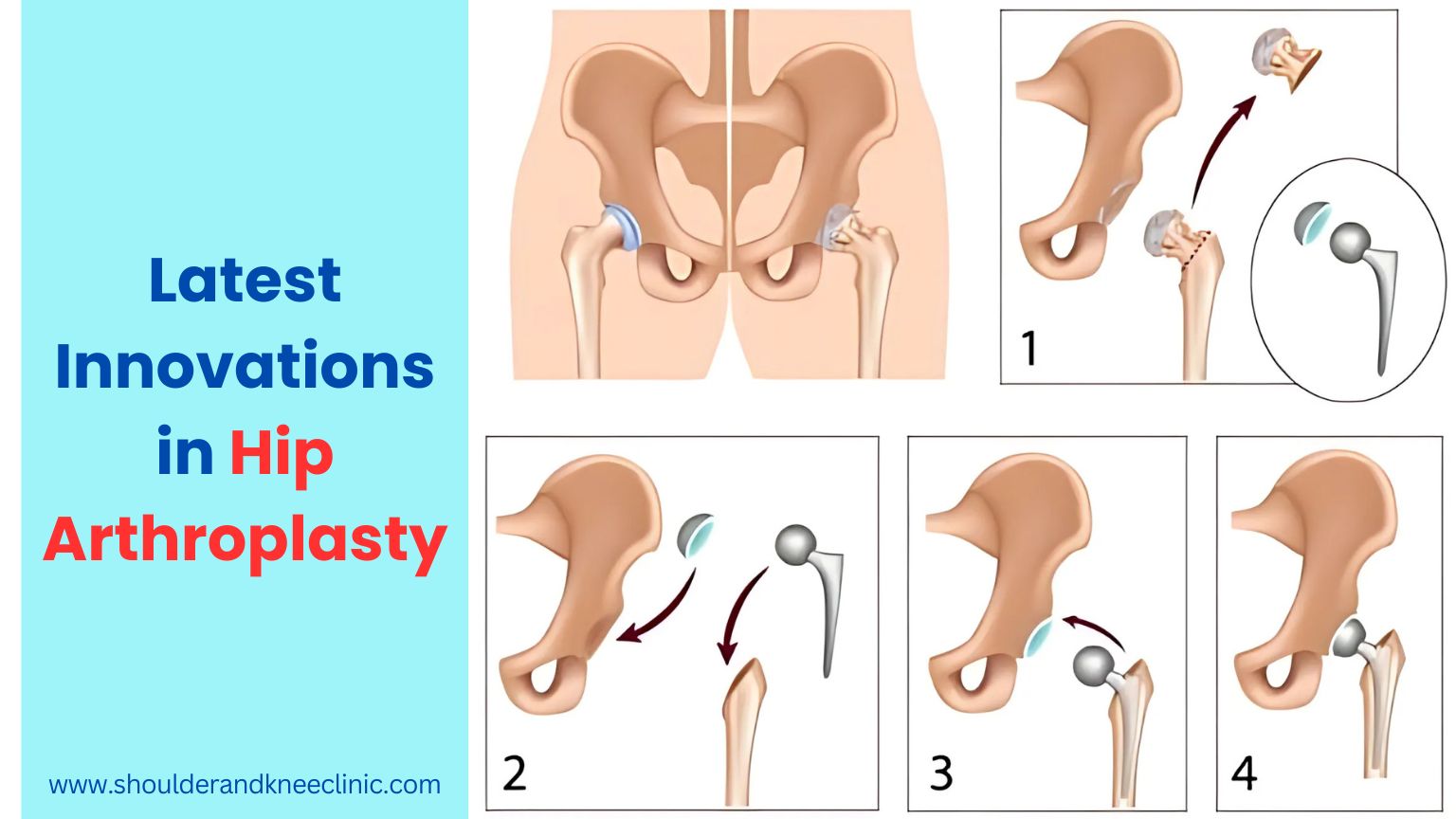Hip arthroplasty these days is not considered a mere solution to joint issues but a revolutionary step towards better living. When it comes to the surgery it asks for some tiny cuts and precision tools which makes the whole operation quicker and minimally painful. The recent methodology of hip arthroplasty surgery is a kind of its own due to its enhanced precision and enabling personalized patient care.
The innovations in imaging technologies are redefining how a hip arthroplasty specialist understands the conditions of the hip joint, rendering customized treatment plans. The perpetual novelties in hip arthroplasty make the whole methodology smarter and more efficient with successive breakthroughs.
In this blog, we will discuss the latest surgical techniques and innovations revolving around hip arthroplasty and comprehend how they are leading to enhancements in the post-operation recovery of patients.
Evolution of Imaging Technology
High visual precision of complex joint details is crucial for the success of hip arthroplasty. Latest advances have made it possible to fetch that kind of precision level.
The practice and introduction of 3D arthroplasty have leveraged the job of surgeons to the next level, where a three-dimensional presentation of the hip joint is accessible promptly and accurately. On the other hand, augmented reality (AR) uplifted the whole process by propagating digital information directly to the surgeon’s feed during the operation. Together all of these advantages, power the surgeon’s limited abilities, making them capable enough to offer a more personalized treatment. This, in turn, results in a higher success rate for the entire surgery.
Customized Treatment Plans
In continuation with the above- Today, advanced imaging has leveraged a hip arthroscopic surgeon to suggest patient-specific implants that are designed according to the exact anatomy of the respective patients who seek surgical procedures. So, you can say that this enhances the overall post- operation functionality. Furthermore, according to some reports and legitimate patient feedback, it is cutting the risk of complications associated with poorly fitted implants.
To make it more patient-specific, rehabilitation strategies are also being personalized. Here physiotherapy initiatives are now based on factors such as fitness, age, and lifestyle of the respective patients to help them recover rapidly.
Inclusion of AI and Robotics
The inclusion of robotics and AI in hip arthroplasty is significantly helping surgeons diagnose, study, and carry treatments more effectively. The surgeons utilize the robotic arms to perform more precise movements within the patient’s body, resulting in a successful surgery. Simultaneously, artificial intelligence fine-tunes the decisions during and after the sophisticated surgery. In this scenario, machine learning algorithms analyze a huge chunk of data to identify patterns, helping physicians to make smart choices. Post-surgery, AI-enabled monitoring technology keeps track of the progress of the respective patients and notifies the concerned healthcare provider if any intervention is required.
Prospects: Addressing Complex Hip Conditions Has Never Been Easier
This is for your information that hip arthroplasty not only manages basic issues but can also address convoluted ailments that were once considered very daunting. Ailments like labral tears and femoroacetabular impingement (FAI), which were considered hard to deal with, are now getting resolved promptly with a long-term promise.
Innovations and new-age techniques in this domain are changing the game of traditional practices. In terms of FAI, accurate instruments and imaging technologies are going to help surgeons’ re-structure the hip joint with more precision, in the days to come. In fact, it’s already in effect and being practiced by top surgeons at legit platforms like the shoulderandkneeclinic.com.
On the other hand, labral tears which used to be treated conservatively or with open surgeries are now being mended with arthroscopic precision, causing minimal impairment to nearby tissues. Moreover, regenerative medicine such as stem cell and platelet-rich plasma treatments, augments treatment options.
Now that you know the bright prospects and the power of advanced hip arthroplasty, it is time that you get diagnosed and operated accurately, by the best hands in India. Step into a better life by booking an appointment with the top surgical orthopedic doctor through shoulderandkneeclinic.com.


